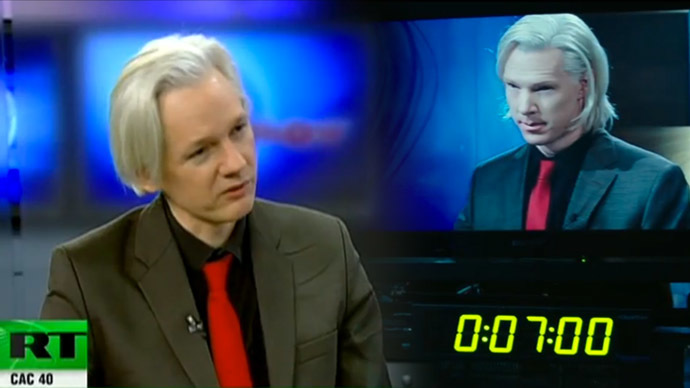When reading the article “The Podcast ‘‘Chitlin’ Circuit’’: Black Podcasters, Alternative Media, and Audio Enclaves” I was struck by the mention of the barbershop being brought into the listeners homes, and how well equipped a podcast is to deal with this. This made me think of the movie that was recently released, which is appropriately named, “Barbershop: the Next Cut”. With this contrast of mediums, I had to wonder how important the medium is to the reception of the product. While I admit that as a very white individual, I am hardly the target audience for these pieces, but I hadn’t heard much of anything about the podcasting circuit that focuses on the black community. In this same vein though, I haven’t heard much in the way of amazing success for this genre of movie either. This seems to be due to the severe pay difference between the two mediums. It costs certainly more to produce a movie than it does a podcast, and this pay difference has a direct effect on the quantity of media that is produced, and when the idea is to create a sort of home space that can be shared among individuals, being able to return to the environment is important. As well as the fact that in the long term, there isn’t much technological replacement that really has to happen, microphones won’t be changing dramatically in the foreseeable future. This means that there is just one up front payment for podcasts, as opposed to sets, costumes, and actors for film.
With movies like the barbershop series paling in comparison to other movies popping on the scene at the same time, like “the Jungle Book”, there also becomes an issue of the system feeding itself. The fact that these movies that don’t bring in the same sort of viewership that the bigger box office hits do makes them less likely to be produced, which means that they need to be wary of being eliminated from the system all together. This is a problem that plagues the industry in representation as well. Since movies that star white men do so great on the monetary side of things what reason is there for changing the system? It becomes a conveyor belt that only speeds up the process for the homogeneous bleaching of the cinematic industry.
Another aspect that I think of when addressing the podcast is the income of the listeners. It is an unfortunate aspect of our society that a large number of black citizens do not have the income necessary to live in this day and age. This is a factor because it is an expenditure to go and see the movies, with taking the time out of the day, driving there, and purchasing the movie tickets themselves, while podcasts cost very little with access to the internet, which more and more is becoming a necessity. Podcasts can be listened to while going about the day to day tasks that are needed to be done around the house, thus making it a much more natural fit for merging into the everyday life of people.






 The Fifth Estate refers to a nonphysical entity composed of bloggers, journalists, and media outlets that operate outside the mainstream media. Operating outside of what is referred to as the Fourth Estate which is the mainstream media, most commonly referring to the news media (especially print journalism). The Fifth Estate may also include political groups, corporations, or other groups outside of the mainstream in their views and function in society.
The Fifth Estate refers to a nonphysical entity composed of bloggers, journalists, and media outlets that operate outside the mainstream media. Operating outside of what is referred to as the Fourth Estate which is the mainstream media, most commonly referring to the news media (especially print journalism). The Fifth Estate may also include political groups, corporations, or other groups outside of the mainstream in their views and function in society.




